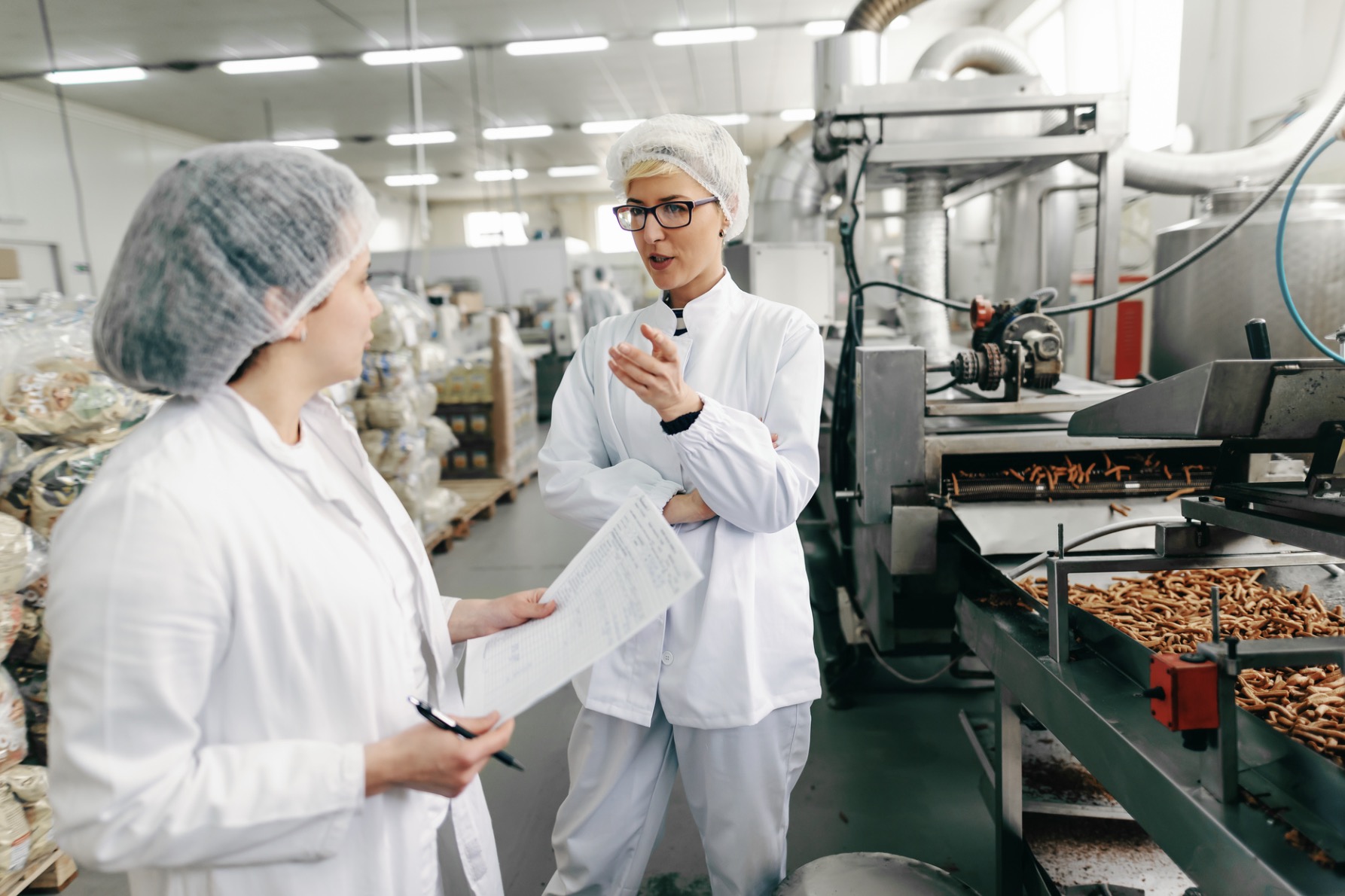As a food business owner maintaining hygiene standards in a food business owner is critical to ensure food safety and customer satisfaction. This will also build a consistent reputation for your establishment so that you will remain in compliance with industry regulators.
Whether you’re running a small café, family restaurant, or catering to events, there are practical tips and best practices that your employees can follow to maintain the cleanliness required for a food service business. This is what this article is all about, so read on.

Story Stages
Establish A Commercial Kitchen Cleaning Schedule
Create a kitchen cleaning schedule to ensure consistent hygiene for every job section of your food business. This should be a detailed breakdown of your employee’s allocated cleaning duties and include information on how, when, and what needs to be cleaned using the correct supplies.
The schedule can be separated into daily, weekly, and monthly sections to divide the labor and prioritize tasks that need cleaning most often. This can include wiping down countertops, sanitizing food utensils, disinfecting food preparation boards, washing the sinks, and emptying trash cans.
It is also important to formulate your schedule into a checklist that the staff can check off to confirm when they’ve completed their tasks. If you’re short of staff or time, you can hire a restaurant cleaning services Dallas to provide you with the sanitation experts necessary. Services like this help maintain high-quality hygiene standards for your food business.
Implement Personal Hygiene Policy For Staff
One of the best practices to get your food business into the habit of maintaining cleanliness is implementing a personal hygiene policy for your staff. Train your staff members during onboarding sessions or off-duty hours by job groups so they know what’s expected of them and establish the same standards for everyone. This should include guidelines for them to follow, such as:
- Frequent hand washing, sanitizing, and drying during work
- Keeping fingernails clean, short, and trimmed
- Change gloves in between food processing and handling
- Wash and change workwear and uniforms after every shift
- Remove personal items such as jewelry before working with food
- Prohibit gum chewing, smoking, or eating in the restaurant
- How to handle perspiration, body touching, and air expulsions like coughing and sneezing.
On top of this, employees—especially kitchen staff—should be provided with the right protective clothing and gear to adhere to personal hygiene standards. The requirements include hairnets, aprons, gloves, masks, and safety shoes.
Train Staff On Cross Contamination Prevention
Educating and training your kitchen staff on cross-contamination prevention is vital to keeping food safe and clean for your customers. This will avoid transferring hazardous pathogens from one food source to another, which can happen when using cutting boards, wooden worktops, utensils, and sinks.
Thus, food handlers can learn awareness and proper preparation techniques to keep foods such as raw meat, poultry, and seafood with dripping juices separate and clean and dispose of the packaging immediately. New utensils should also be used for raw, cooked, and ready-to-eat produce. Regarding cleaning supplies, dishcloths and sponges must be heat sanitized and dried after a day or two.
Sterilize Kitchen Equipment
Your kitchen equipment should be regularly cleaned and sterilized to remove leftover bits of food, destroy bacteria, and prepare it for usage on the next food item. Doing this can also help you guarantee better quality food by using hygienic-standard equipment during the preparation stages.
Most of your kitchen equipment made of stainless steel, dishware, and glassware can be cleaned using a detergent, sponge, and hot water. Electrical appliances can be detached into separate components, cleaned or unplugged, and wiped down. For greasy, oily, and sticky stains, consider using a heat sanitizing method with boiled water or steam for large machines at 171°F for half a minute.
Regularly Inspect Kitchen And Dining Areas
Managers, waiting staff, and kitchen staff can inspect the front and back of the house to check for any overlooked areas that need cleaning. Examine underneath dining tables, walls, floors, windows, and the front desk for dust, dirt, food bits, and sticky surfaces.
Cafeteria display counters must be inspected for freshness, temperature control, functional thermometers, and cleanliness. Then, backroom shelves are checked for proper storage and packaging, and perishable items should be observed for expiration dates.
Conclusion
Maintaining hygiene standards in your food service business requires staff training and implementing best practice guidelines for everyone to follow. This includes a personal hygiene policy, a cleaning schedule and checklist, and regularly sterilizing kitchen equipment.
On top of this, periodic inspections of the entire facility should be carried out from the front to the back to find any missed spots during cleanup. These tips can help your commercial kitchen manage a consistently sanitized service that ensures your food’s safety and high quality.
